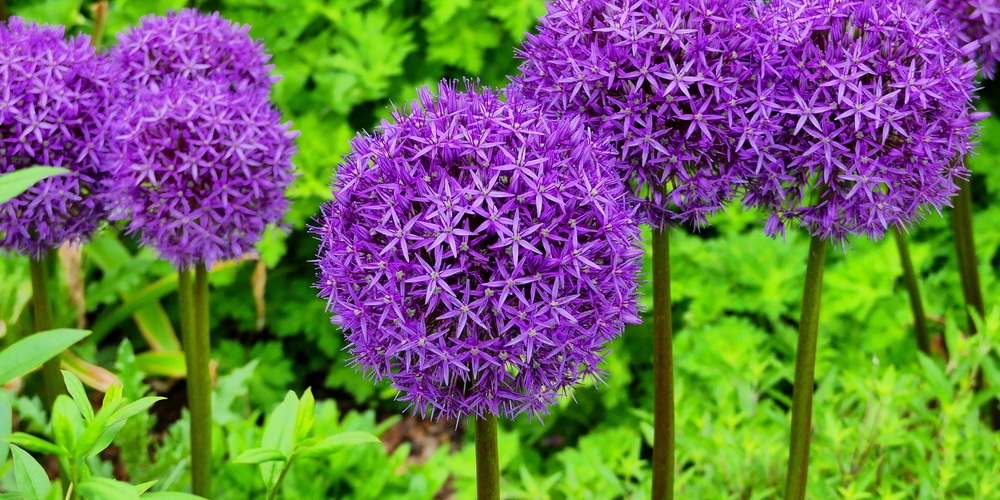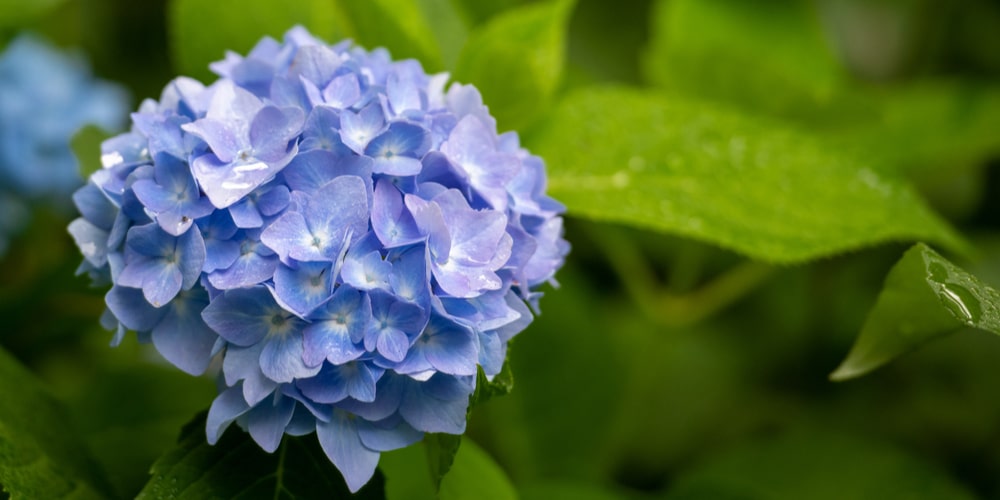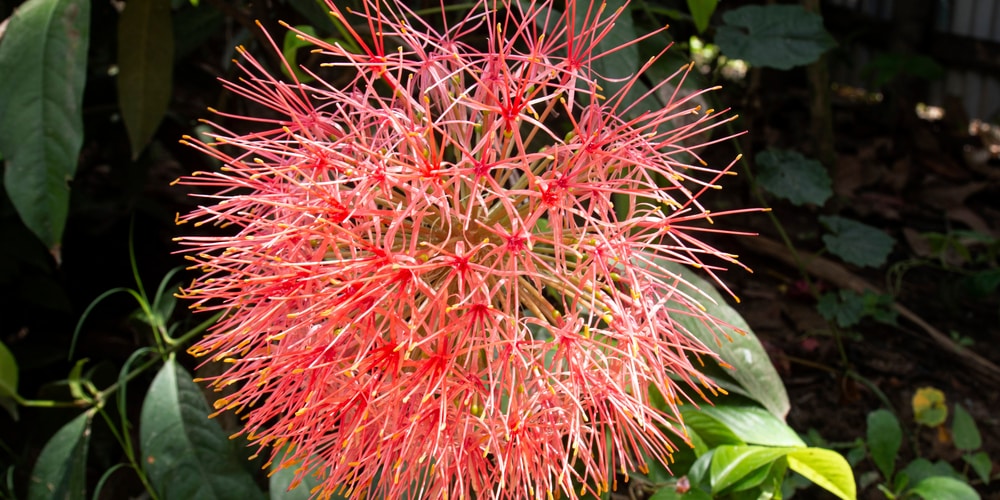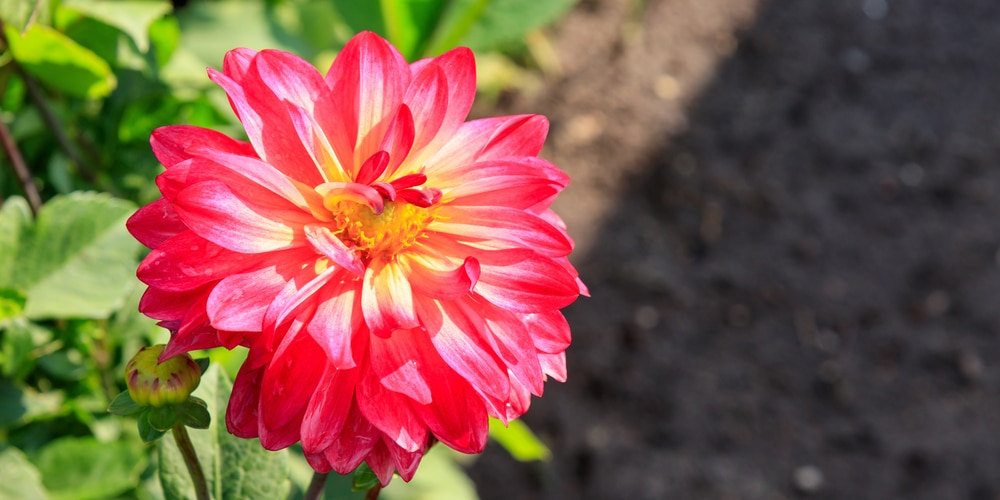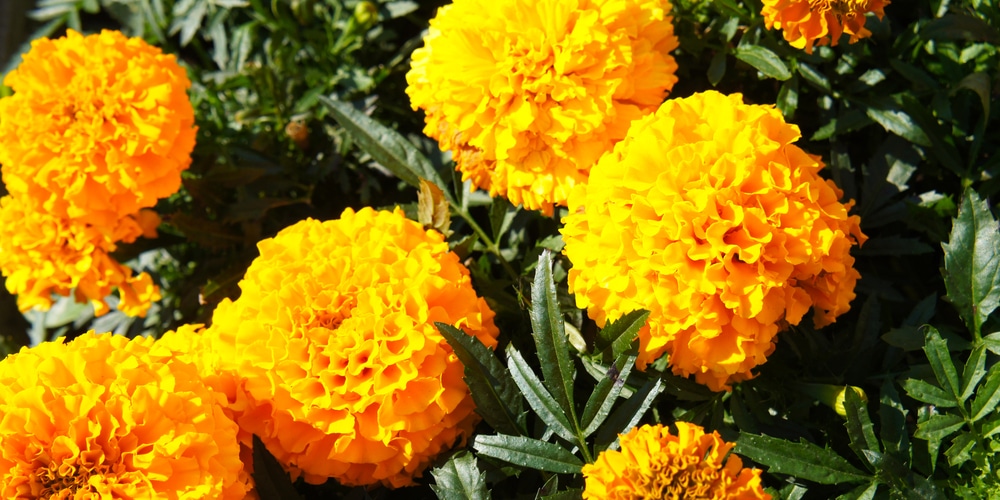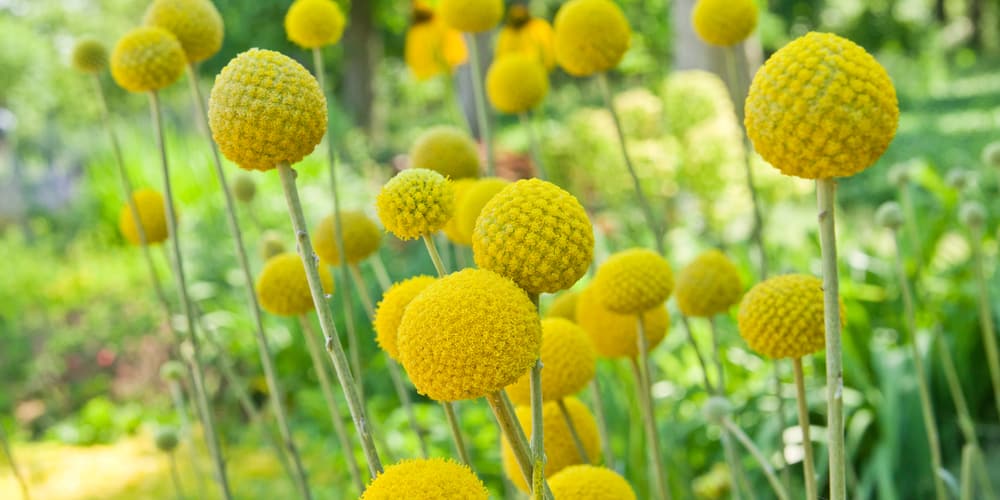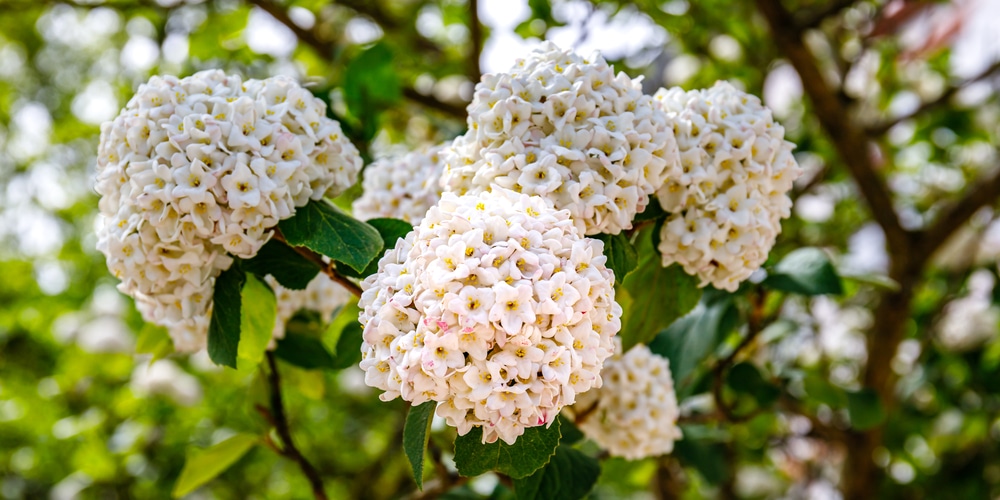Bigger is definitely better when it comes to flowers in your yard or garden. If you want something that will make people stop in awe and admire your landscape, you’ll want huge, long-lasting, and colorful blooms. To achieve this, take a look at these big ball flowers you can plant and grow.
7 Show-Stopping Big Ball Flowers
Ornamental Onions
Allium flowers come in all colors and shapes, but the ones you’ll want are the Allium giganteum and Globemaster varieties. These produce ball-shaped flowers that rival that of a hydrangeas’ and are magnificent in their own right.
Ornamental alliums are also called ornamental onions and can be grown in USDA zones 4 through 10. These plants are relatively manageable and grow only up to 4 feet tall (48 inches) and have a 10-inch spread.
Alliums can tolerate any soil, but a well-draining and organically rich medium is best. Grow them in full sun and you’ll be rewarded with huge spherical blooms.
Hydrangea
Hydrangeas are perhaps the most popular plants in the ‘big ball flowers’ niche, and they certainly do not disappoint. There are several varieties, such as the mophead species that produce flowers the size of a cabbage to satisfy your landscape color needs.
In general, hydrangeas can grow in zones 3 to 9 and don’t exceed lengths of above 4 feet (or 48 inches). The best part about growing hydrangeas is that you can plant them practically anywhere, even in the shade, and they’ll be happy. However, keep in mind that hydrangeas prefer acidic soil and lots of fertilization.
Fireball Lily
Scadoxus multiflorus is a perennial bulb plant that can literally produce a spray of red fireworks in your garden. ‘Blood Lily’ can either be an evergreen or deciduous variety, but all of them require a period of dormancy as part of their growing cycle.
Fireball Lily isn’t too fussy about soil, watering, and light, which makes it an excellent plant for beginners. The plant thrives in bright indirect light or a few hours of sun daily, and loamy or sandy soil with organic material as an amendment. Only water when the top of the soil is bone dry.
Fireball Lily can be grown in zones 9 to 11.
Dinner Plate Dahlia
Dinner Plate Dahlia is a general term for dahlias that produce large, 8-inch flowers. You can get any variety, which are likely hybrid plants. Dahlias in general can be grown in zones 8 through 11, or in colder regions as annuals.
Dahlias like to get as much sun as possible. To achieve plate-sized flowers, cut off side buds and provide plenty of nutrients. As far as watering is concerned, you’ll have to be consistent and irrigate deeply when the soil’s surface is dry to the touch.
Marigolds
Marigolds, particularly the African variety, will give you plenty of ball-shaped flowers even if you don’t pay attention to them. You won’t even need to fertilize or water them as often- these highly popular plants will make sure your yard or garden gets a splash of orange or yellow all-year long.
Tagetes erecta is hardy in zones 2 through 11, but you can treat them as annuals and grow marigolds again next spring. If there’s one thing African Marigolds need, it’s plenty of sun. Make sure to position these plants where they can get direct sunlight all day so you can thoroughly enjoy their tennis ball-shaped blooms.
Craspedia
A low-maintenance plant with bright-colored flowers that look like tennis balls, Craspedia is a fine addition to any garden. It loves full sunlight and can grow in any soil as long as it’s well-draining.
Craspedia doesn’t need fertilizing- just sit back and wait for the flowers to appear. Watering is done only when the soil is dry at the surface. The easy-to-grow species grows in USDA zones 8 to 11.
Viburnum
Viburnum is another popular landscaping option for those who want a big, spherical flower show. It’s hardy enough to thrive in zones 2 to 9, can grow up to 20 feet tall, and have a 12-feet spread. As an added bonus, Viburnum is native to North America, so growing the plant successfully is practically assured.
You’ll want to plant viburnum where it can get full sun. Also, give it plenty of water, especially during hot days and warm weather. If possible, amend with rich organic compost and fertilize once per growing season.
